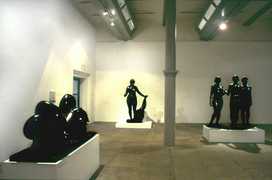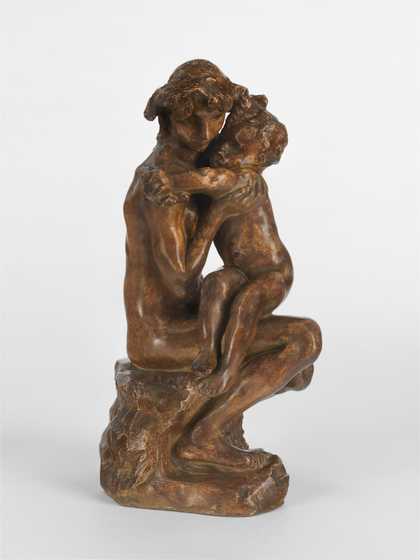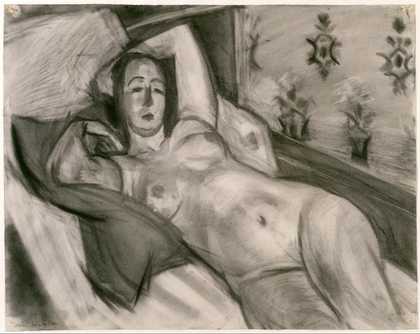
Venus Redefined Installation Tate Liverpool 1994
The sculptures in Venus Re-defined have been selected from the Tate's collection to show the changing use of the female nude as a subject for sculpture. All the sculptures were made in Paris during a fifty year period from 1890. During this time artists increasingly broke free from the powerful traditions of the Academy (the most prestigious art school) and the Salon (the only public exhibition venue for much of the nineteenth century).
Venus was the Roman goddess of love and fertility. She has been a recurring image in Western art from the Renaissance onward, when her eroticism was generalised to become an image of the artist's inspiration and creativity.
In this display Rodin is represented by more works than any other sculptor. This in part reflects his pivotal role in breaking with the traditions of the past and revitalising sculpture in his lifetime. In a way inconceivable to sculptors before him, he questioned the assumptions about what sculpture should look like, creating figures which were 'incomplete', distorted by movement and intensely expressive. He established a controversial and worldwide reputation against which the next generation of sculptors reacted.
If, to our eyes, Rodin sculptures look more related to the nineteenth than the twentieth century, they were certainly shocking to his contemporaries who had never seen sculptures exhibited with such roughly modelled surfaces, let alone missing entire limbs.
Every sculptor who came to Paris after 1900 had to come to terms with Rodin ... and they all had to work away from him ... The direction they took ... was towards simplicity, stillness, and a new kind of balance
(Ruth Butler, biographer of Rodin)


